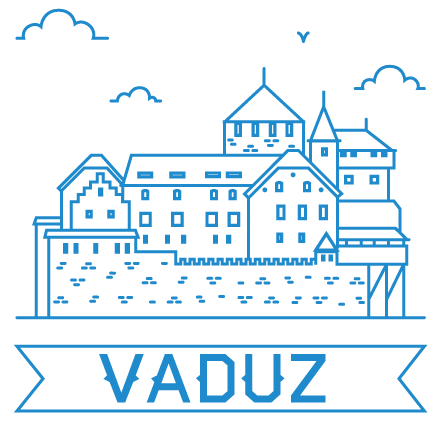Repair of armor and weapons during HMB fights is one of the most important points for participants and a necessary option in the high-quality organization of any tournament. We can safely say that this is taking care of the participants on the part of the organizers. It is also worth noting that the work of a blacksmith in such a mobile workshop is very difficult and of high responsibility, because it needs to be repaired quickly, accurately, and efficiently.
Fedor Pushkarev and the team of his workshop “Fedor Pushkarev Forge” (Russia) have already worked at the largest HMB events such as Battle of the Nations and Buhurt Prime. HMBIA News asked the blacksmith to tell how the work is going on at such large-scale tournaments, how he organizes the work process and what he needs for this.
“If we are talking about the general organization of the repair point, then in my opinion this is all very similar to the attitude of warriors and blacksmiths in the Middle Ages, when mobile field forges followed the army and carried out the repair of armor and sharpening of weapons. And in our modern HMB everything is the same, only we do not sharpen weapons, but, on the contrary, we blunt it and make the weapon more safe,” said Fedor.
The repair point, he said, consists of an anvil on a deck, a work table, a set of tools and consumables, both traditional (such as hammers and rivets), and purely modern (such as grinders and discs for them). All this is necessary for success and quick process and should be in huge quantities. At the same time, it is important that the workshop at the tournament corresponds to the general aesthetics of medieval battles and maintain the atmosphere of the tournament. Fedor Pushkarev thinks over the appearance of his site every time.
“The blacksmith in our repair area, usually it is me, is dressed in medieval clothes, shoes and a leather apron.”
How does the work on site go? As Fedor says, everything is always divided into 2 stages: in the morning before the start of fights, participants are admitted and a queue of fighters who have too sharp, rusty, heavy/light or inaccurate weapons is lined up to the mobile forge, and the task of the blacksmith is to fix all these very quickly …
Then the first wave subsides and the second grows – the fighters come with breakages and damage sustained in the lists. The most common case is broken knee and elbow parts of the armor, and leather connecting straps are very often torn, and they often come with polearms that flew off the shaft.
“There are also more serious cases like helmet or armor breakages. There we put steel patches on rivets. And this second wave is really stressful. Here, some fighters need repairs literally RIGHT NOW, because they have to come back to the lists in a very short time. We serve such guys without a queue. ”
Fedor admitted that for blacksmiths this work can be even dangerous. It was especially difficult at Battle of the Nations 2019 in Serbia. Fedor’s partner constantly injured his fingers with a grinder and spent a lot of time in a tent at the Extremum medical team, and Fedor had to work for two. But he did it and kept smiling!
“But it was all worth it, definitely. It is always very great to see how huge guys in armor, already desperate to return to the lists at this tournament due to a broken armor or weapon, smile and happily run away to fight again.
And the feedback from the fighters is also very motivating. In my office in the forge, I have a collection of souvenirs from different countries, which they gave us at the festivals. They brought all sorts of goodies and cold beer. I didn’t drink beer, so it was then my partner’s turn to work for two with beer”.
However, despite such a working schedule of blacksmiths, it is still possible to communicate with people from different countries and even make friends. And this is an absolute plus.
“The clearest example is my friendship with one American fighter @Collin Campbell whom we met at Battle of the Nations. He then told us that we were “f *ckin metall wizards” and I made the hashtag #MetallWizards.
In addition, such work is a wonderful opportunity to travel not just as a tourist, but as a person who helps. So I visited Finland, Estonia, Italy, Serbia and right before the pandemic I took out my repair shop in Monaco to Buhurt Prime – it was an amazing experience and, of course, when the borders are closed I miss those great times, traveling to tournaments in a festival atmosphere, positive emotions and people”.
Fedor Pushkarev has been working with his team in tournaments since 2016. Their debut was the Battle of the Neva festival in St. Petersburg (Russia) and to this day, according to him, it remains his favorite open-air festival of historical reconstruction in St. Petersburg. At festivals, the workshop team conducts forging master classes, sells metal souvenirs and even makes blacksmith’s coffee, and also makes cups and medals for the participants. But he thinks that the repair point of armor and weapons is the most important case of his forge, because it covers the most urgent needs of athletes, namely they are the main people at any HMB event.
We would like to thank Fedor Pushkarev and his team for the interview and dedicated work at HMB tournaments. We wish him all the best in his work and a bright future!
HMBIA News


